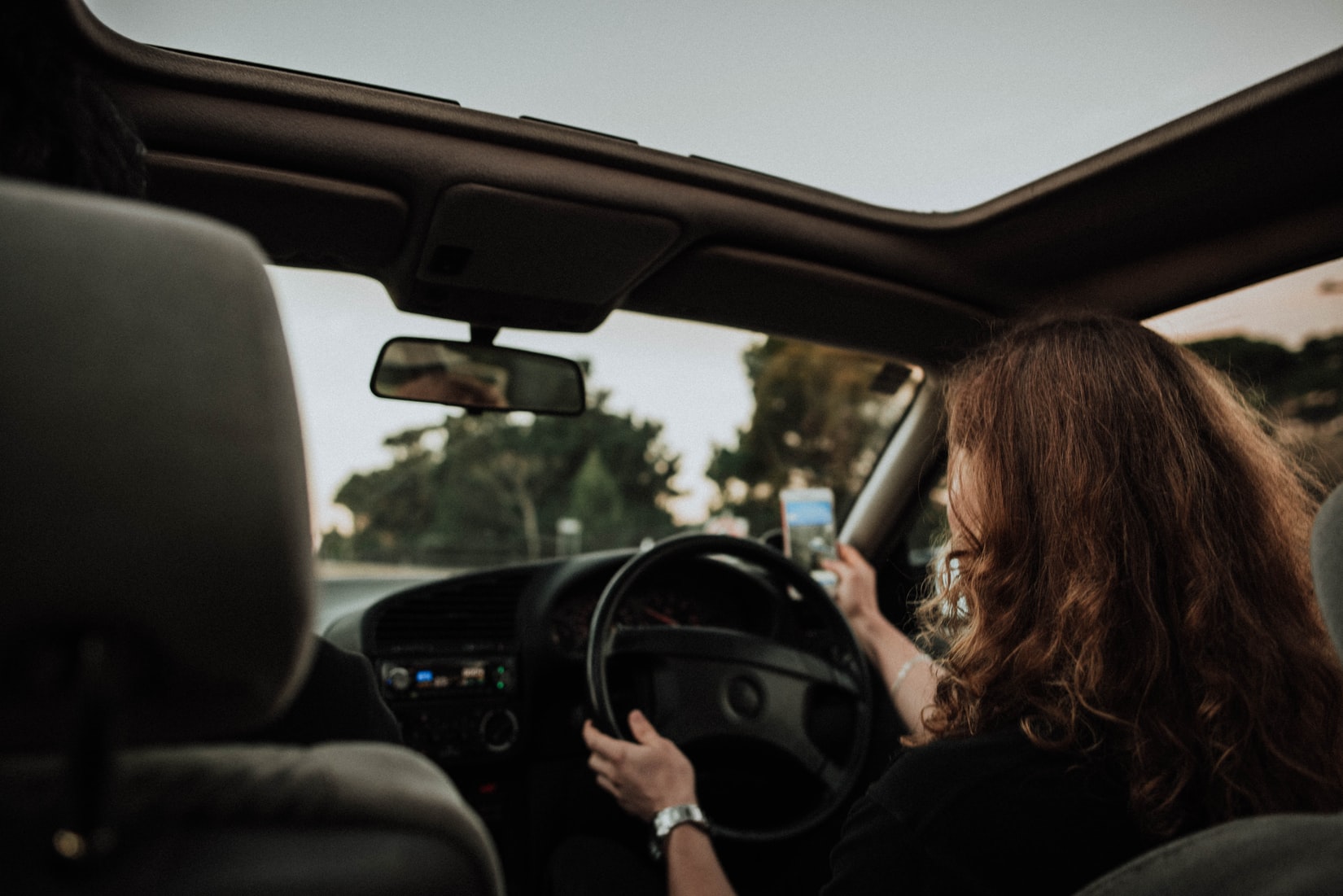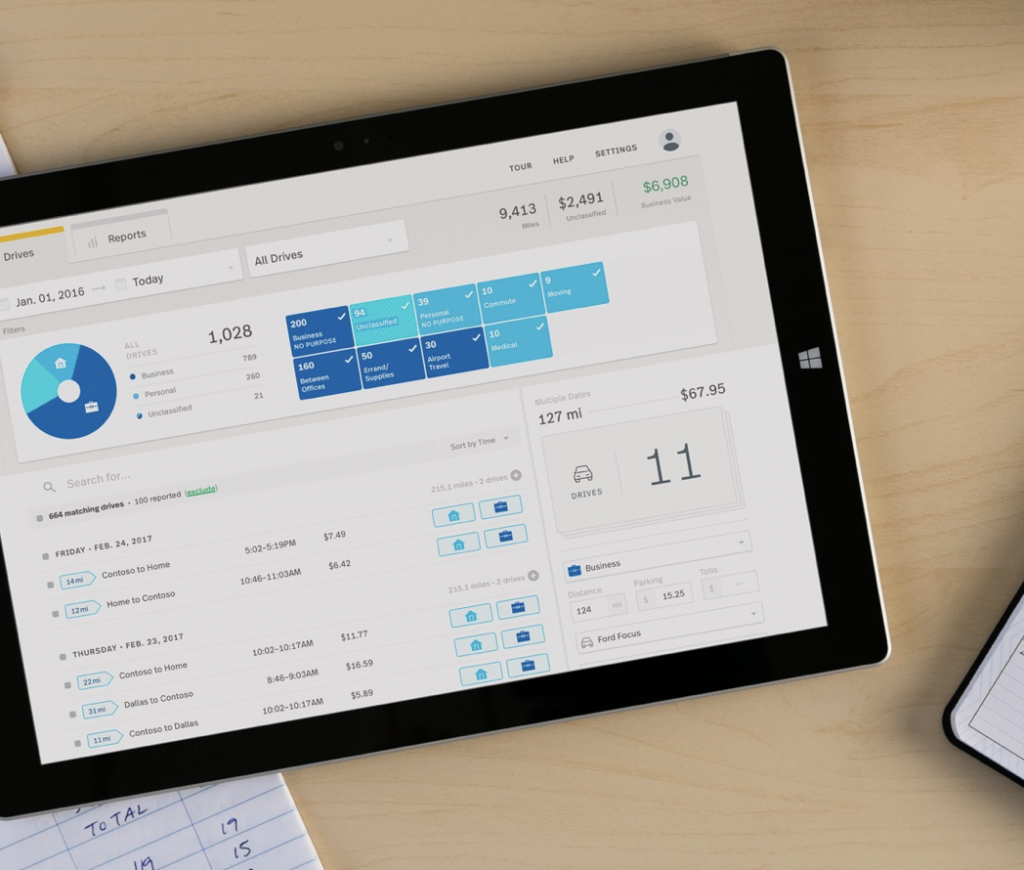Travel is an inevitable part of running a business; meetings with customers, events and conferences, or merely driving as part of your job – the list is endless.
Luckily, you can claim mileage and gain tax relief on a business journey if you use your own car, van or motorbike.
Simply add up the miles you’ve travelled, multiply them by HMRC’s approved rate (see below) and then include the result as a cost in your business accounts.
It’s essential to bear in mind that the claim covers everything (buying, insuring, fueling and maintaining) and not just fuel. So, you can’t include any additional vehicle costs in your accounts if you’re already claiming mileage.
Did you know that you can also claim 5p per passenger for carrying fellow employees in a car or van on journeys which are also work journeys for them? It certainly pays to carshare!
| First 10,000 business miles in the tax year | Each business mile over 10,000 in the tax year | |
| Cars and vans | 45p | 25p |
| Motorcycles | 24p | 24p |
| Bicycles | 20p | 20p |
*This table was correct at the time of publishing (November 2019). You can find the current rates on the GOV.UK website.
But, how do you keep track of all of those miles? We’ve got three ways for you to try.
Use a tracking app.
Thanks to advances in technology, our smartphones now allow us to track our miles with apps like MileIQ, TripLog and Autotrip.
These apps track every mile you drive for business, creating records that you can then put into your books. Everything is stored in the cloud, and everything is in one place.
“MileIQ is now included in your Microsoft 365 Business or Office 365 Business Premium package,” David Gilbey, Director of IT company Just Gilbey says.
“It’s an often overlooked part of the package, but MileIQ is a nifty tool that allows you to track mileage on the go. A great addition to the Microsoft business package, which already provides you with company email, messaging software, 1TB of file storage and a license for all the cloud-based and desktop Office applications.”
Going digital with your mileage tracking is just one of the ways you can save time and money with the right technology and software, as David points out over on his blog.

David Gilbey of Just Gilbey
Digital accounting software.
As we’ve mentioned on this blog before, digital accounting software, such as FreeAgent, Xero and Quickbooks is essential for any modern business, helping you save a lot of time when preparing your accounting records for HMRC.
Some now have the ability to track – or at the very least record – your mileage.
QuickBooks automatically detects when you’re driving and logs it in your books.
What we love about QuickBooks is the fact it compares the standard mileage allowance (the method we’ve outlined above), against actual expenses deduction (a calculation of actual costs incurred). So you can choose which way grants you the most significant tax deduction.
Paper logging.
Of course, you can always manually log your miles by using a spreadsheet or inputting them into your accounting software.
But, with the affordability of these apps, we wouldn’t recommend this method. It’s time-consuming and unreliable as you may forget trips you’ve made and lose out on tax relief.


